Best Places for Wildlife Spotting in London
There's more to London than rats and squirrels!
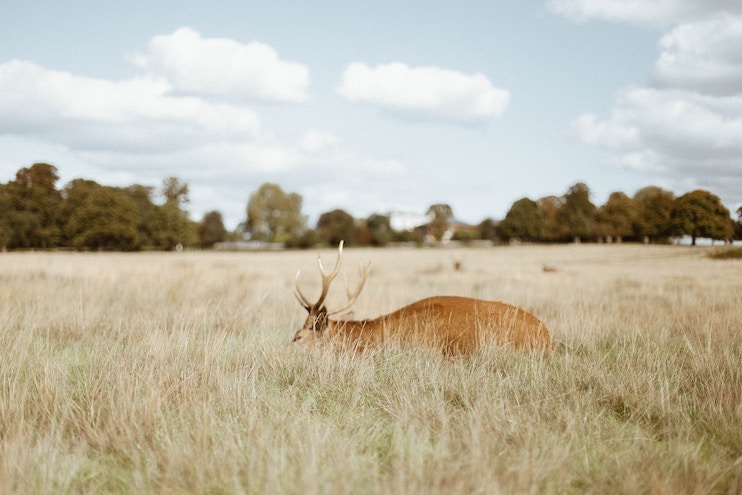
You'd be forgiven for thinking that wildlife in London is mostly rats, grey squirrels and unpleasant creepy-crawlies. But like any other urban jungle, London offers food and shelter to animals that are incredibly adaptable to an urban environment and there are cuter things to find than pigeons and seagulls, so keep your eyes peeled!
Peregrine Falcoms at Tate Modern
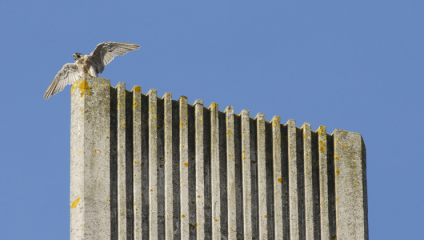
These powerful birds of prey started moving into the urban sprawl in the 90s, possibly due to their penchant for London’s tasty pigeons and often make themselves at home at the top of tall buildings like Battersea Power Station, the Tate Modern, and occasionally tower blocks. Peregrine falcons are protected by law as they were traditionally a prized catch for hunters, but in London the biggest threat is disturbance to their nests. These super-fast birds dive in on their prey and then either strike them dead immediately or grab them with their claws while still in flight. With a wingspan of up to a metre, they are both majestic and intimidating!
Foxes down the street
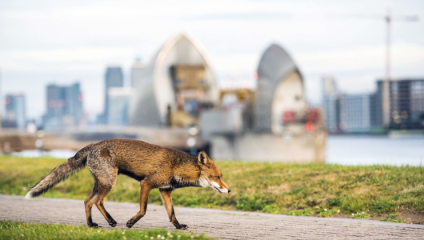
Urban foxes are a bit like Starbucks - you're never that far away from one, even if you can't see it. Research estimates that there are 18 foxes per square kilometre in the capital, with even more density in North than South London. They might be as common as muck but still, there is something a little magical about meeting an urban fox on a quiet street late at night. Foxes are elegant, clever and roam around with a nonchalance that is simply charming - that is if they are not busy scattering the content of you bins all over your front step or making disturbing shrieking sounds all through the night. They keep the city rats under control though, which is pretty great.
Otters in Hagerston
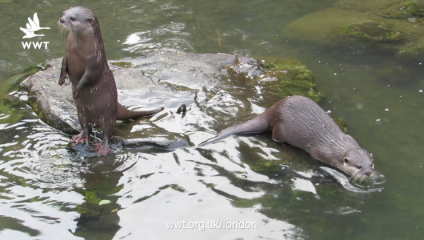
Although otter numbers in the rivers surrounding London are still low compared to the rest of the country, the population around the river Lea is breeding and spreading. A group of nature enthusiasts are raised £10,000 to transform the Regent’s Canal into a “living waterway” to entice the voles and otters from the Lea Valley to broaden out their territory. Money was used by the Wildlife Gardeners of Haggerston to plant shallow areas with yellow flag iris and other native aquatic plants between the Kingsland and Whitmore Road bridges. The idea was to filter the water from excess nutrients and reduce algae and duckweed, to create a pleasant natural environment for the animals to enjoy. Members are also working with the Woodland Trust to replicate woodland edge habitat by planting native hedging, all to tempt the River Thames’ most mysterious inhabitant to move back to the city.
Deer in Richmond Park
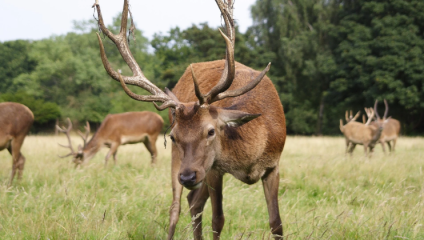
The largest animal you’re likely to find in the wild in London is the deer in Richmond Park. Deer are early risers and you are most likely to catch them at dawn before the dogwalkers and runners make them skittish. The larger red deer are a little more courageous than fallow deer. In the summer months the undergrowth is high but during autumn, they will be easier to spot. Deer aren't just confined to Richmond Park - small muntjac deer in particular are on the increase, and have been seen in woods in Waltham Forest, Tooting and Sydenham Hill Wood.
Seals in Canary Wharf
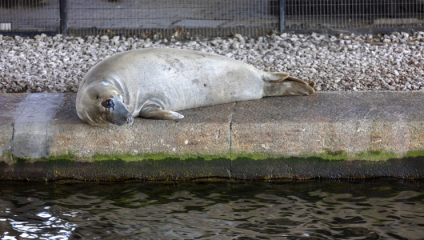
Hearing the name Canary Wharf generally conjures up images of Wall Street-esque wolves, but the area is also popular with another animal - seals. The marine mammals have been seen swimming in the Thames Estuary along with other underwater friends, including porpoises and dolphins. Hot spots for seals - both common and grey seals - show clusters around Canary Wharf and the Isle of Dogs - partly because tall office blocks and flats on the riverside have given people a better viewing point. They’re particularly attracted to anglers, saving themselves the trouble of finding fish by letting humans do it for them. The ZSL encourages Londoners who spot seals in the Thames to report the sighting so they can collect data for a better understanding and cohabitation with the wondrous marine Londoners.